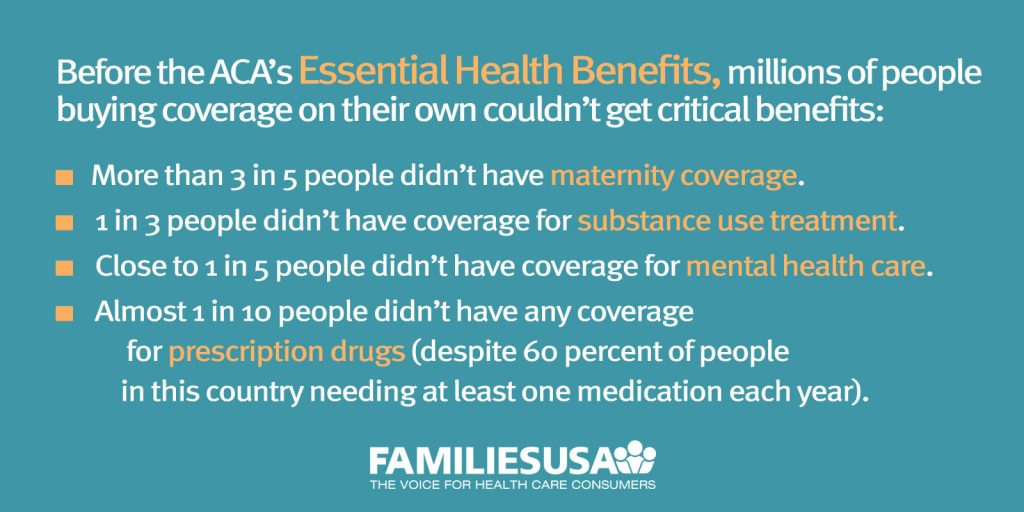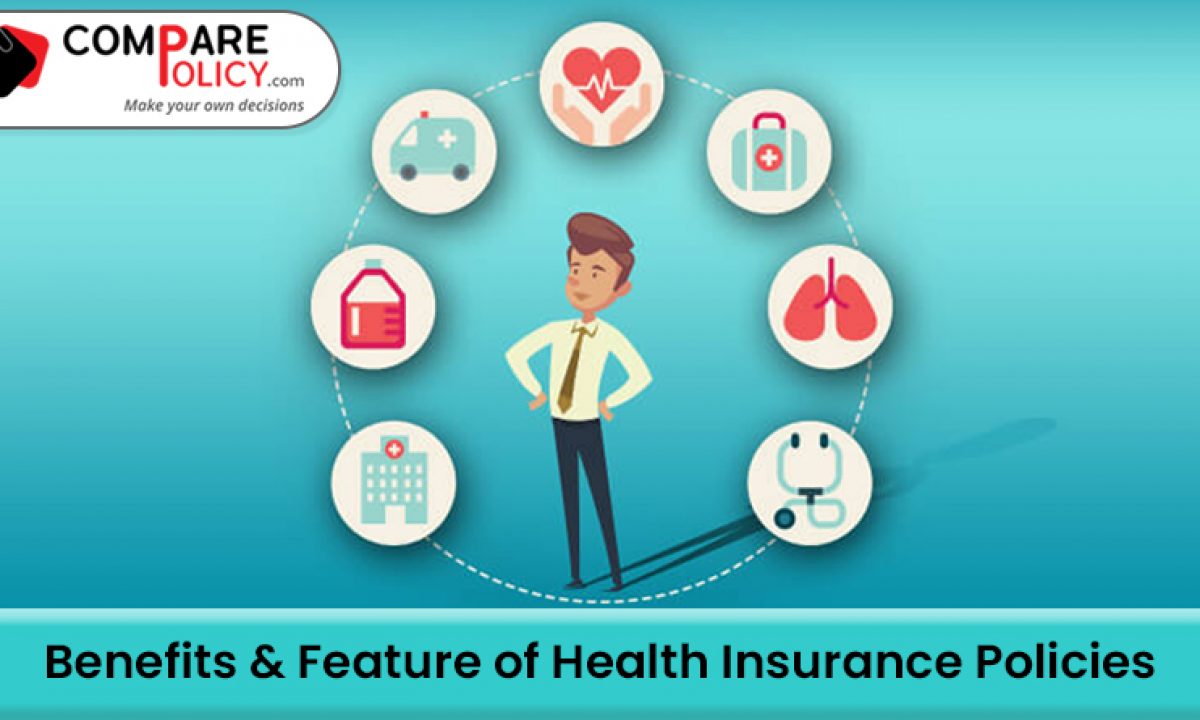Medicare Advantage Agent Fundamentals Explained
Medicare Advantage Agent Fundamentals Explained
Blog Article
Medicare Advantage Agent - An Overview
Table of ContentsMedicare Advantage Agent Fundamentals ExplainedThe smart Trick of Medicare Advantage Agent That Nobody is Talking AboutMedicare Advantage Agent Things To Know Before You Buy

adheres to from confusing the relatively young age profile of the uninsured with the far better health and wellness, typically, of younger individuals. This covers the link in between health condition and health insurance coverage. For those without accessibility to office wellness insurance policy, inadequate wellness is a possible obstacle to purchasing nongroup protection due to the fact that such insurance coverage might be extremely priced, leave out preexisting conditions, or be merely inaccessible. The variety of without insurance Americans is not particularly big and has not changed over the last few years. 7 out of ten respondents in an across the country representative study believed that fewer Americans did not have medical insurance than in fact do(Fronstin, 1998). Approximately fifty percent(47 percent )believed that the number of people without health insurance lowered or stayed constant over the latter fifty percent of the last years(Blendon et al., 1999). This decrease of almost 2 million in the variety of individuals 'without insurance coverage (a decrease
of around 4 percent)is absolutely a positive change. With a softer economic situation in 2000 the newest reported gains in insurance policy coverage may not continue(Fronstin, 2001 ). The decline in the variety of uninsured will not continue if the economy remains slow-moving and healthcare expenses remain to exceed rising cost of living. This is due to the fact that the data were gathered for a duration of solid economic efficiency. Of the estimated 42 million individuals that were uninsured, almost concerning 420,000(concerning 1 percent)were under 65 years of age, the age at which most Americans end up being eligible for Medicare; 32 million were grownups in between ages 18 and 65, around 19 percent of all adults in this age; and 10 million were youngsters under 18 years old, about 13.9 percent of all kids (Mills, 2000). These estimates of the number of individuals uninsured are created from the annual March Supplement to the Existing Population Survey (CPS), performed by the Census Bureau. Unless otherwise noted, nationwide estimates of individuals without medical insurance and proportions of the populace with different kinds of protection are based upon the CPS, one of the most extensively made use of resource of quotes of insurance policy coverage and uninsurance prices. These studies and the price quotes they generate are defined briefly in Table B. 1 in Appendix B - Medicare Advantage Agent. These studies differ in size and tasting techniques, the inquiries that are inquired about insurance coverage
Fascination About Medicare Advantage Agent
coverage, and the moment period over which insurance coverage or uninsurance is measured(Lewis et al., 1998, Fronstin, 2000a ). Still, the CPS is especially useful because it produces annual quotes fairly rapidly, reporting the previous year's insurance policy coverage estimates each September, and because it is the basis for a regular set of estimates for greater than twenty years, allowing for evaluation of fads in coverage gradually.

Some Known Factual Statements About Medicare Advantage Agent
Over a three-year duration beginning early in 1993, 72 million individuals, 29 percent of the united state populace, were without protection for a minimum of one month. Within a single year(1994), 53 million individuals experienced at the very least a month without protection(Bennefield, 1998a). 6 out of every ten uninsured adults are themselves utilized. Although working does improve the chance that and one's member of the family will have insurance, it is not an assurance. Even members of family members with two full time breadwinner have practically a one-in-ten opportunity of being without insurance (9.1 percent uninsured price)(Hoffman and Pohl, 2000 ). The partnership in between health and wellness insurance policy and access to care is well developed, as documented later on in this phase. Although the relationship in between medical insurance and health outcomes is neither direct neither easy, a substantial professional and health solutions research study literary works web links health insurance policy protection
to better access to care, much better top quality, and boosted personal and populace wellness standing. The second report, on personal health outcomes for without insurance grownups, is represented by the inner circle of the number, while the third record, on family members wellness, encompasses the subjects of the 2nd report however highlights a different device of evaluation, specifically, the family. The sixth record in the series will certainly offer info about techniques and initiatives carried out locally, statewide, or country wide to attend to the lack of insurance policy and its damaging influences. Levels of evaluation for checking out the impacts of uninsurance. This discussion of wellness insurance policy protection focuses largely on the U.S. population under age 65 because basically all Americans 65 and older have Medicare or other public protection.
Furthermore, it focuses specifically on those without any type of medical insurance for any type of length of time. The issues dealt with by the underinsured remain in some areas comparable to those encountered by the without insurance, although they are generally much click to read more less extreme. Uninsurance and underinsurance, nonetheless, include noticeably different policy issues, and the methods for addressing them may vary. Throughout this study and the five reports to comply with, the primary emphasis gets on individuals with no medical insurance and thus no help in spending for health and wellness care beyond what is readily available via charity and safeguard organizations. Health insurance coverage is an effective aspect affecting invoice of care because both patients and medical professionals reply to the out-of-pocket rate of services. Health insurance policy, nonetheless, is neither required nor enough to access to clinical services. Nevertheless, the independent and direct result of health and wellness
insurance protection on accessibility to health solutions is well developed. Others will get the healthcare they require even without wellness insurance coverage, by paying for it expense or seeking it from providers that provide treatment totally free or at highly subsidized rates. For still others, medical insurance alone does not guarantee receipt of care due to other nonfinancial obstacles, such as a lack of health and wellness care service providers in their area, limited accessibility to transport, illiteracy, or linguistic and social differences. Official research regarding without insurance populations in the USA dates to the late 1920s and very early 1930s when the Committee on the Expense of Treatment created a collection of records regarding funding medical professional office brows through and hospitalizations. This problem came to be prominent as the varieties of medically indigent climbed during the Great Depression. Empirical research studies constantly sustain the link in between accessibility to care and boosted health outcomes(Bindman et al., 1995; Starfield, 1995 ). Having a routine resource of treatment can be taken into consideration a predictor of gain access to, instead than a straight action of it, when health outcomes are themselves made use of as accessibility indications. This expansion of the concept of accessibility dimension was made by the IOM Board on Keeping Track Of Gain Access To to Personal Healthcare Solutions(Millman, 1993, p. Whether or not parents are guaranteed shows up to influence whether their youngsters get care in addition to exactly how much careeven if the youngsters themselves have coverage(Hanson, 1998). The health of moms and dads can influence their capacity to look after their youngsters and the degree of family tension. Bothering with their children's accessibility to care is itself a source of tension for parents. Three chapters follow in this record. Phase 2 offers a review of exactly how employment-based health and wellness insurance coverage, public programs and private insurance plan run and engage to offer extensive yet insufficient protection of the U.S. populace. This consists of an evaluation of historical fads and public laws impacting both public and private insurance policy, a discussion of the interactions among the various types of insurance, and an assessment of why people relocate from one program to one more or wind up

Report this page